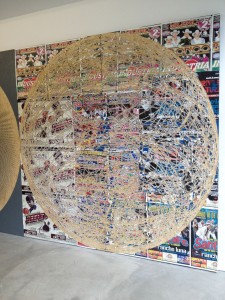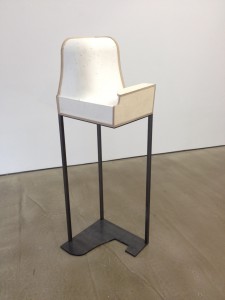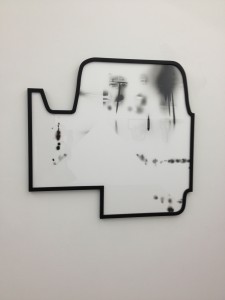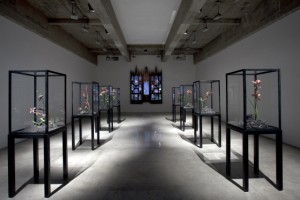Join art critic, college teacher and tour guide, Merrily Kerr on a small group tour of the biggest museum show of the season, the Whitney Biennial. Find out why critics are calling ‘the show everyone loves to hate,’ one of the best ever.
In early May, Merrily will guide you to the best Chelsea gallery shows of the moment, including a jungle gym-like installation composed of crocheted netting and plastic balls by Brazilian artist Ernesto Neto and the late Richard Avedon’s monumental photo murals.
‘Best of the Whitney Biennial,’ Sunday, April 29, 2012, 11:30am – 1pm
“Artists are taking matters into their own hands,” says New York magazine critic Jerry Saltz, “…resetting the agenda, and fighting back against an art world that had been focused on selling, buzz and bigness.” Join Merrily to find out what the buzz is about on a small group tour focusing on the visual art in a show dense with performance and film.
SPACE IS LIMITED to the first six participants to register with Merrily by email at: merrilykerr@nyc.rr.com. Meet in the lobby of the Whitney Museum, (945 Madison Ave at 75th Street). Please purchase tickets prior to the day of our tour at whitney.org or arrive at least 20 minutes in advance to purchase a ticket to this extremely popular show. The museum opens at 11am and the tour departs at 11:30am. $40 pp in cash or check on the day. Does not include museum admission ($18 general admission, $12 seniors 62+).
‘Best Contemporary Art in Chelsea,’ Saturday, May 5, 2012, 11am – 1pm
Our itinerary will showcase eight of the most important and talked about exhibitions of the moment, including an energizing mix of artwork in different media by emerging talents and internationally acclaimed artists.
With space limited to ten or fewer participants, Merrily’s small group tours are an intimate exploration of New York’s best art. At each venue, Merrily gives information on the galleries themselves and the artwork on display – questions and conversation are encouraged!
This tour will last two hours and take place regardless of the weather.
SPACE IS LIMITED to the first ten participants to register with Merrily at merrilykerr@nyc.rr.com. Meet at 508 West 26th Street. Tour departs at 11am. $40 pp in cash or check on the day.



